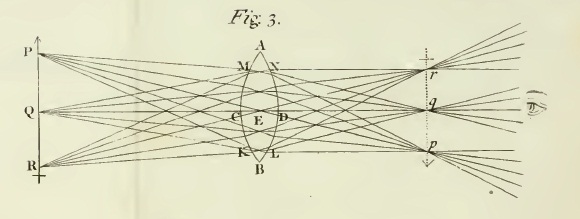
Brain Rhythm Predicts Real-Time Sleep Stability, May Lead to More Precise Sleep Medications
ScienceDaily (Mar. 7, 2011)
A new study finds that a brain rhythm considered the hallmark of wakefulness not only persists inconspicuously during sleep but also signifies an individual's vulnerability to disturbance by the outside world. In their report in the March 3 PLoS One, the team from the Massachusetts General Hospital (MGH) Division of Sleep Medicine uses computerized EEG signal processing to detect subtle fluctuations in the alpha rhythm during sleep and shows that greater alpha intensity is associated with increased sleep fragility. The findings could lead to more precise approaches to inducing and supporting sleep.
"We found that the alpha rhythm is not just a marker of the transition between sleep and wakefulness but carries rich information about sleep stability," says Scott McKinney, informatics manager at the MGH Sleep Lab and lead author of the study. "This suggests that sleep -- rather than proceeding in discrete stages -- actually moves along a continuum of depth. It also opens the door to real-time tracking of sleep states and creates the potential for sleep-induction systems that interface directly with the brain."
One of numerous neuroelectrical signals produced by the brain and detected by electroencephalography (EEG), the alpha rhythm was first discovered nearly a century ago. Typically generated when the brain is relaxed but awake, the alpha rhythm fades as consciousness recedes and seems to disappear when sleep begins. However, a mathematical technique called spectral analysis, which quantifies the elemental oscillations that make up complicated signals, reveals that fluctuations in the alpha rhythm persist during sleep at levels that cannot be detected by visual inspection of an EEG.
Since alpha activity is associated with both wakefulness and receptiveness to sensory signals, the researchers hypothesized that it also could indicate a sleeper's sensitivity to environmental stimuli. To test this hypothesis, they monitored EEG rhythms in 13 healthy volunteers who spent three nights in the MGH Sleep Lab. At frequent intervals through each night the volunteers were exposed to 10 seconds of typical background noises like traffic or a ringing telephone. The sounds were repeated at successively louder levels until the EEG reflected that sleep had been disturbed.
Spectral analysis of the EEG measurements revealed that the strength of the alpha signal predicted how easily volunteers could be disturbed at the moment the measurement was taken, with a more intense alpha signal associated with more delicate sleep. The predictive power of alpha activity persisted for up to four minutes after the initial measurement, and the association was seen during both stage 2 and stage 3 non-REM sleep but not during REM sleep.
"We've found a quantitative measure that discloses sleep's momentary fragility," McKinney explains. "This technology may someday allow the development of adaptive sleep-inducing agents that can be guided by real-time feedback from neural activity -- a great enhancement over conventional sleep drugs that act like sledgehammers, inducing a blanket sedation throughout the brain for an entire night."
Jeffrey Ellenbogen, MD, chief of the MGH Division of Sleep Medicine and senior author of the PLoS One report adds, "This finding paves the way toward futuristic sleep treatments in which medication or other therapies are delivered moment-to-moment, only when needed, to protect sleep when the brain is most vulnerable but otherwise let natural brain rhythms run their course. Learning more about the mechanism behind this association between the alpha rhythm and sleep fragility should lead to an even greater understanding of the factors that maintain sleep's integrity in the face of noise and other nuisances."
Ellenbogen is an assistant professor of Neurology at Harvard Medical School. Additional co-authors of the PLoS One report are Thien Thahn Dang-Vu, PhD, MGH Neurology; Orfeu Buxton, PhD, Brigham and Women's Hospital; and Jo Solet, PhD, Cambridge Health Alliance. This study was funded by grants from the Academy of Architecture for Health, the Facilities Guidelines Institute and the Center for Health Design.

No hay comentarios:
Publicar un comentario